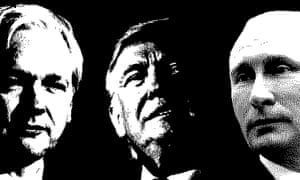by Nivedita Dash
 In an exclusive - and his first since November 8 when he announced the banning of Rs 500 and Rs 1000 notes - interview to India Today magazine, Modi said demonetisation has forced all "black money out into the open."
In an exclusive - and his first since November 8 when he announced the banning of Rs 500 and Rs 1000 notes - interview to India Today magazine, Modi said demonetisation has forced all "black money out into the open."
While the jury is still out on whether or not demonetisation was a gamechanger for India's economy, Prime Minister Narendra Modi has shrugged off all criticisms of his drive as it completed 50 turbulent days this week.
Prime Minister Modi told India Today Group Editorial Director Raj Chengappa, "Black money has all been forced out into the open, whomsoever it may belong to-whether it is corrupt politicians, bureaucrats, businessmen or professionals. Counterfeit notes, which our intelligence agencies had reported to be available in high volumes with our enemies, have been instantly neutralised. The media has extensively reported on districts famous as counterfeiting hubs being badly hit. Similarly, cash held by terrorists, Maoists and other extremists has also been neutralised. There has been a crippling impact on dangerous and highly damaging illegal activities, such as human trafficking, and the narcotics trade as well."


 The Ibobi government which enjoys the support of the majority Meitei groups passed
The Ibobi government which enjoys the support of the majority Meitei groups passed 















